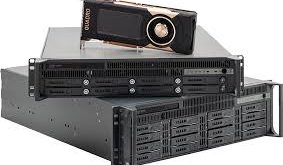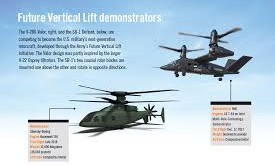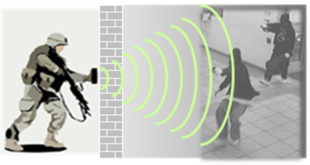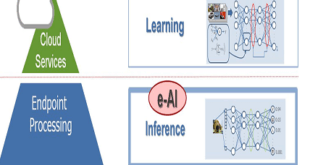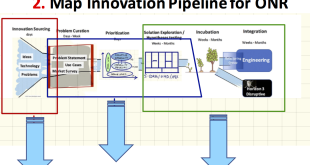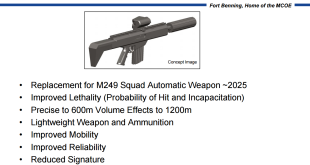Military is increasingly looking to commercial ICT devices like Smartphones and tablets and they are rapidly making their way into military operations. Modern ICT devices can provide “information superiority” to military by providing information with greater timeliness, relevance, accuracy, and comprehensiveness than to an adversary. Intelligence and military applications rely on …
Read More »Monthly Archives: July 2020
Joint Multi-Role (JMR) helicopter program demonstrations to mature technology for future vertical lift (FVL) program
The US Army is pursuing plans to develop a family of future vertical lift aircraft that will be able to perform a variety of mission sets. Key to that effort is a technology maturation program which has Bell and a Sikorsky-Boeing team designing new aircraft. The precursor for FVL is …
Read More »New radar imaging chips enable Through the wall imaging or Wall-penetrating radar on Android smartphones
Security forces require effective ground ISR technologies that can overcome these challenges and provide effective situational awareness. One of the technologies useful in such situations is through-wall imaging which apply radio frequency (RF) and other sensing modes to penetrate wall materials and optimally estimate the terrorists hiding in other rooms …
Read More »LIDAR proving to be a valuable sensor for Smarter space management, Infrastructure monitoring, Security and Disaster Response
Lidars (Light Detection and Ranging) are similar to radars in that they operate by sending light pulses to the targets and calculate distances by measuring the received time. The key advantages of LIDAR is its superior accuracy and its ability to see through masking items, such as leaves, trees, and …
Read More »Embedded AI or Tiny AI, the next revolution in embedded systems and Military internet of things (MIOT)
The general definition of AI is the capability of a computer system to perform tasks that normally require human intelligence, such as visual perception, speech recognition and decision-making. Machine Learning (ML) is a subfield of Artificial Intelligence which attempts to endow computers with the capacity of learning from data, so that …
Read More »US DOD launch new innovation models and initiatives to sustain and advance America’s military dominance for the 21st century
Decades of innovation — driven almost entirely by DoD and the Defense Industrial Base — have kept the United States at the forefront of modern military capability. Further the free-market structure of the economy, vibrant venture capital ecosystems, world-class universities, and government support of R&D were other dominant factors combined …
Read More »US Army developing next generation small arms including Squad Automatic Rifle capable of accurately defeating current and future threats
The U.S. Army is currently evaluating a new small arms systems that could give their warfighters a serious edge, including squad weapon and sniper rifle. The Army is rolling along on multiple fronts in the small arms department, ranging from area weapons to those with a little more precision- to put …
Read More »Commercialization of cybercrime leading to rising global threat of Cyber outsourcing or Cybercrime-as-a-Service
Cybercrime is the greatest threat to every company in the world, and one of the biggest problems with mankind. Beyond a nefarious hobby, cybercrime has become a way for cybercriminals to earn a living. While it remains underground, it is a business nonetheless; attackers cooperate, and work to maximize profits …
Read More »High Frequency(HF) communications technologies enable Wideband High Frequency net-centric, beyond line of sight communications in battlefield
High frequency (HF) band covering frequency range between 2 to 30 MHz provides over-the-horizon communications with ranges over thousands of kilometers through skywave propagation. It offers an alternative to satellite communications (SATCOM) for many commercial and military applications that requires non-line-of-sight communications. High Frequency (HF) band has been considered …
Read More »Carbon Nanotubes to usher carbon revolution for post silicon future, reduce Carbon Dioxide emissions to construct hypersonic weapons s
Carbon nanotubes (CNTs) are hollow cylindrical tubes formed by rolling a sheet of carbon atoms arranged in a hexagonal ring, as in a sheet of graphite, either in monolayer (single walled nanotube, SWCNT) or multilayer (multi-walled nanotube, MWCNT) form. Their diameter may range from 0.7 (SWCNT) to 50 naometers …
Read More » International Defense Security & Technology Your trusted Source for News, Research and Analysis
International Defense Security & Technology Your trusted Source for News, Research and Analysis
